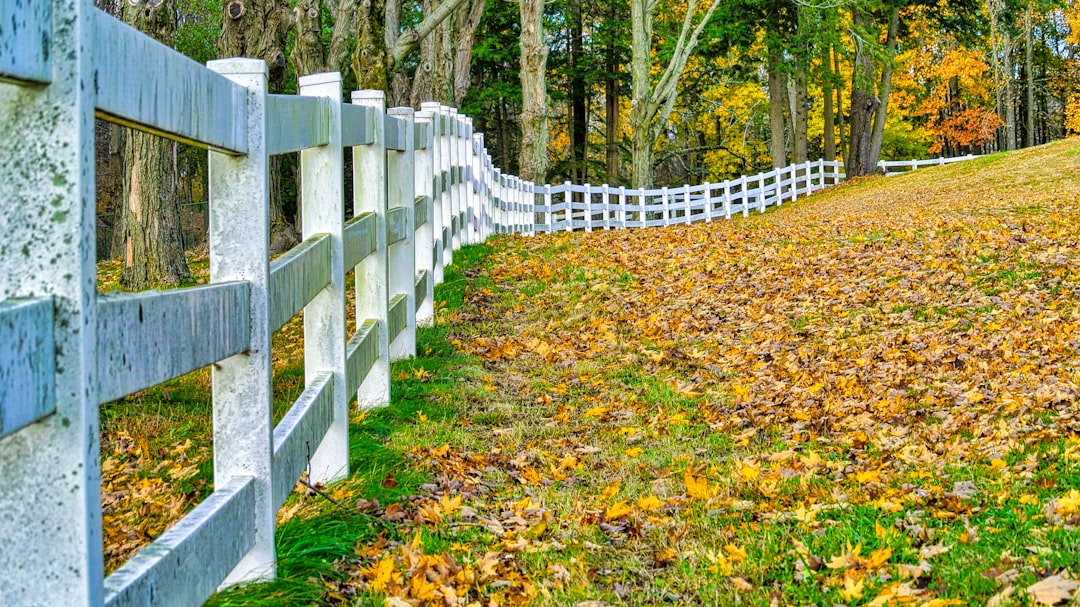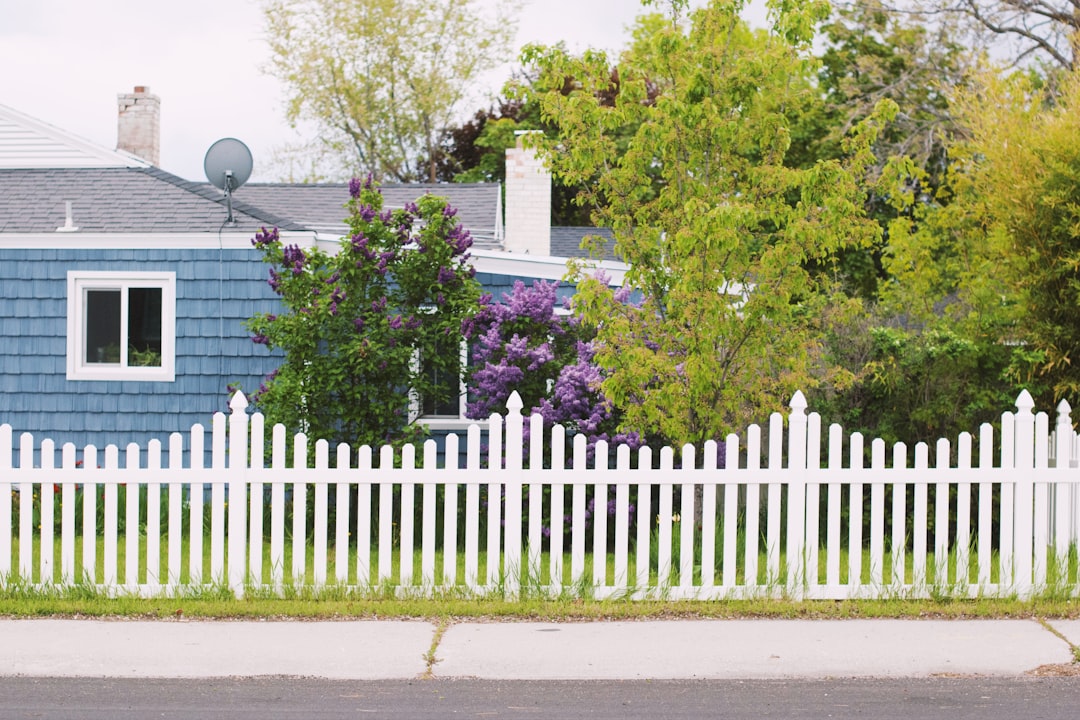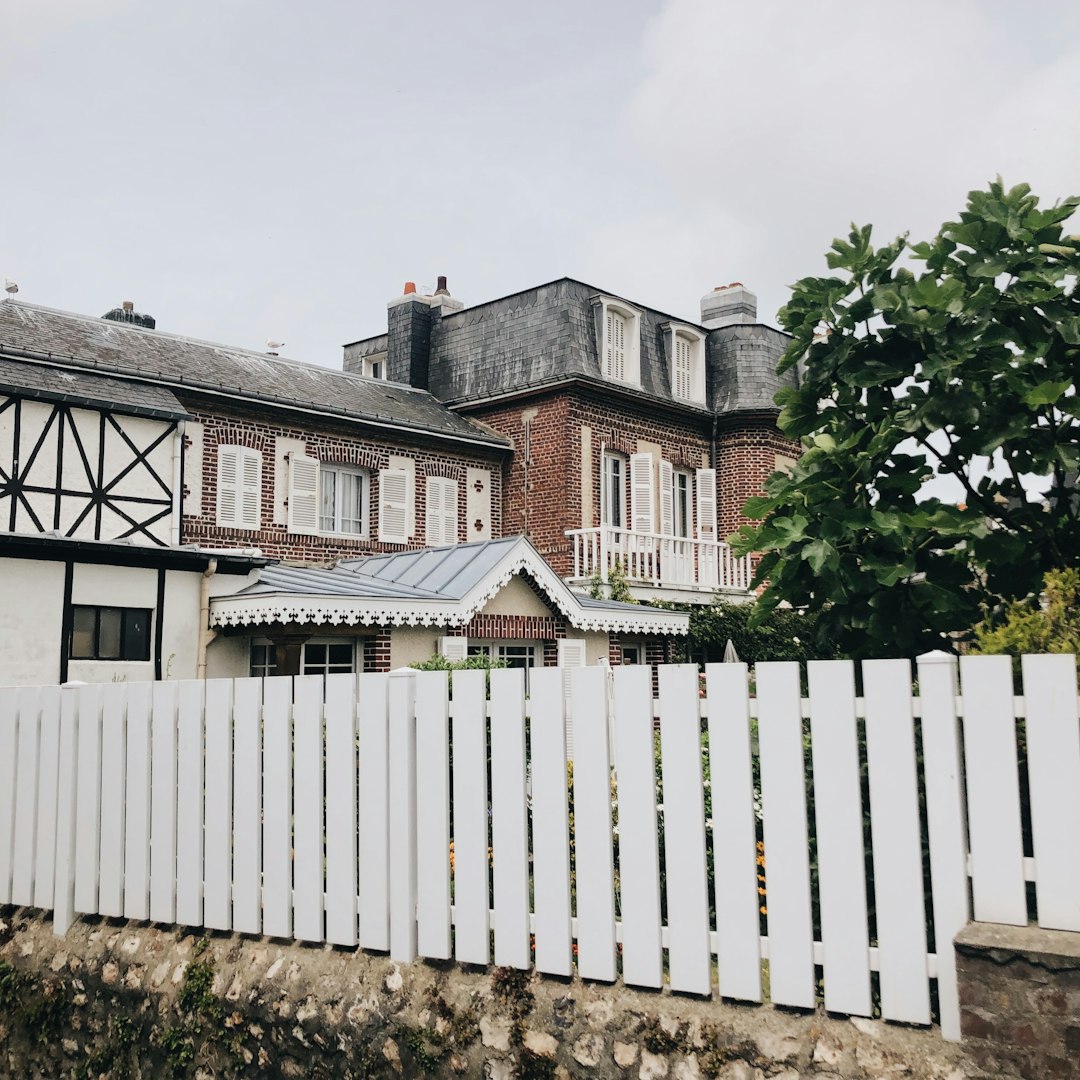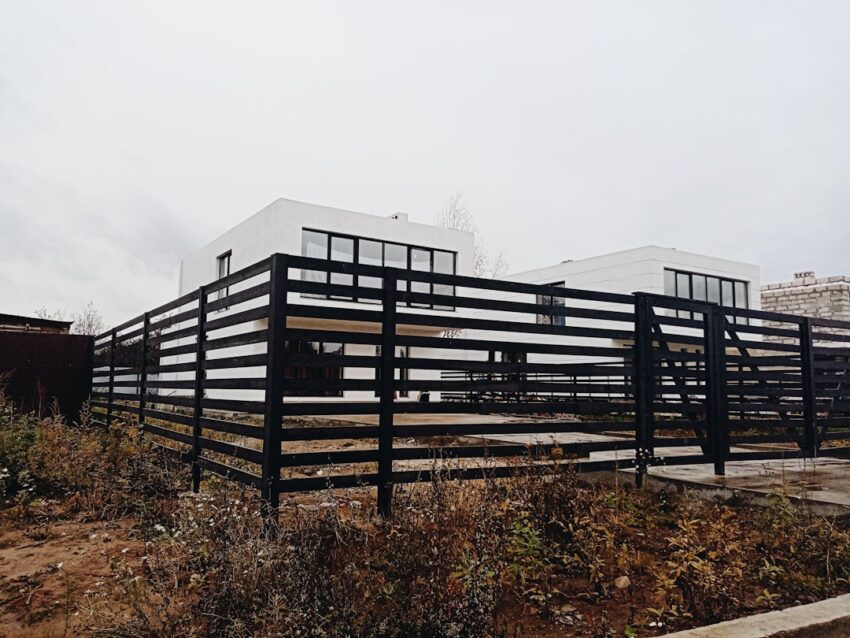Choosing the right anchoring method for fences is crucial, as recommended by a Fence Company. Concrete anchors offer robust solutions for dense soils but require careful installation, while helical rods are easier and flexible for diverse terrains. Proper foundation involves assessing soil conditions, correct hole depth, and using concrete to secure posts. Regular re-tightening and repairs maintain structural integrity and fence longevity.
Ensure your fence stands strong and secure with proper post anchoring. This guide, tailored by a leading Fence Company, breaks down the essential aspects of post installation. From understanding specific terrain requirements to choosing robust anchoring methods and best practices for seamless integration, learn how to fortify your fence’s foundation. Discover expert tips to prevent post shift and maintain structural integrity over time, ensuring your investment in any fence type remains steadfast and secure.
- Understanding Fence Post Anchor Requirements
- Choosing the Right Anchoring Methods
- Best Practices for Effective Installation
Understanding Fence Post Anchor Requirements

When it comes to ensuring fence posts are properly anchored for stability, understanding the specific requirements is paramount. Different types of fences and soil conditions necessitate unique anchor solutions. For instance, a Fence Company may recommend different anchoring techniques for wooden posts in loamy soil versus metal posts in rocky terrain. Weather conditions also play a crucial role; strong winds and varying temperatures can exert significant pressure on fence posts, underscoring the importance of robust anchorage.
Proper anchoring involves selecting suitable materials such as concrete, steel, or mechanical anchors, along with correctly installing them to meet manufacturer guidelines. A Fence Company’s expertise is invaluable here, offering insights tailored to specific needs. By adhering to these practices, homeowners and property managers can guarantee their fences stand strong against environmental factors, enhancing the overall durability and aesthetic appeal of their outdoor spaces.
Choosing the Right Anchoring Methods

When it comes to ensuring fence posts are properly anchored for stability, choosing the right anchoring methods is paramount. A reputable Fence Company often recommends concrete anchors or helical rods, depending on soil conditions and post materials. Concrete anchors are ideal for dense, stable soils while helical rods excel in loose, shifting grounds.
Each method has its advantages. Concrete anchors provide a robust, long-lasting solution but require precise installation. Helical rods, on the other hand, are easier to install and offer flexibility, making them suitable for various terrain types. The right choice not only enhances structural integrity but also prevents costly repairs down the line.
Best Practices for Effective Installation

When it comes to installing fence posts, a solid foundation is key for long-lasting stability. A reputable Fence Company will always emphasize the importance of proper anchoring techniques. This involves assessing the soil conditions and choosing the right depth for the post holes. In many cases, concrete is used to secure the posts, ensuring they remain rigid even in challenging weather conditions.
Best practices also dictate the use of appropriate tools and materials. Professional installers utilize specialized equipment to dig the holes, ensuring they are deep enough and well-spaced to support the fence’s weight evenly. Regular maintenance, such as re-tightening connections and repairing any damage, is another crucial aspect that contributes to a robust and secure fencing system.
When it comes to ensuring fence posts remain stable and sturdy, proper anchoring is paramount. By understanding the specific anchor requirements, selecting suitable anchoring methods, and adhering to best installation practices, a Fence Company can deliver long-lasting solutions. These steps are essential for creating robust barriers that withstand various environmental conditions, providing both functional and aesthetic benefits for years to come.
